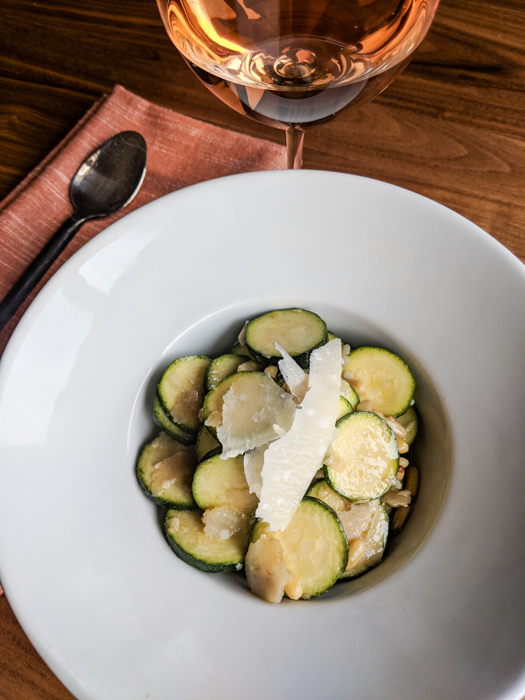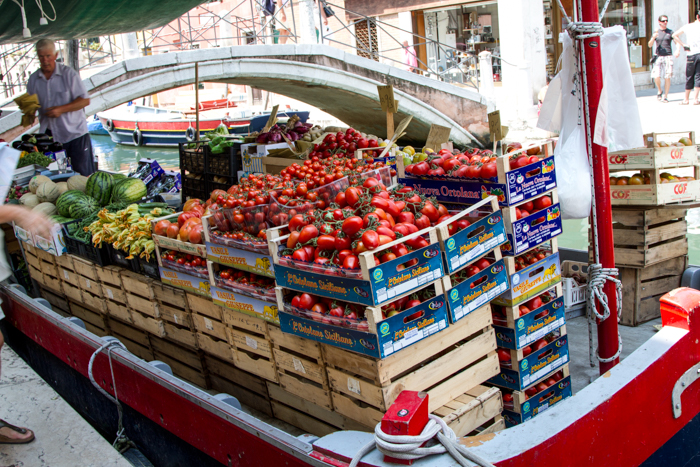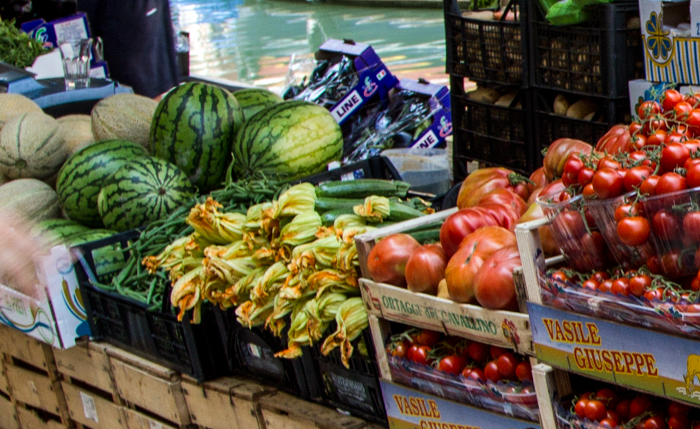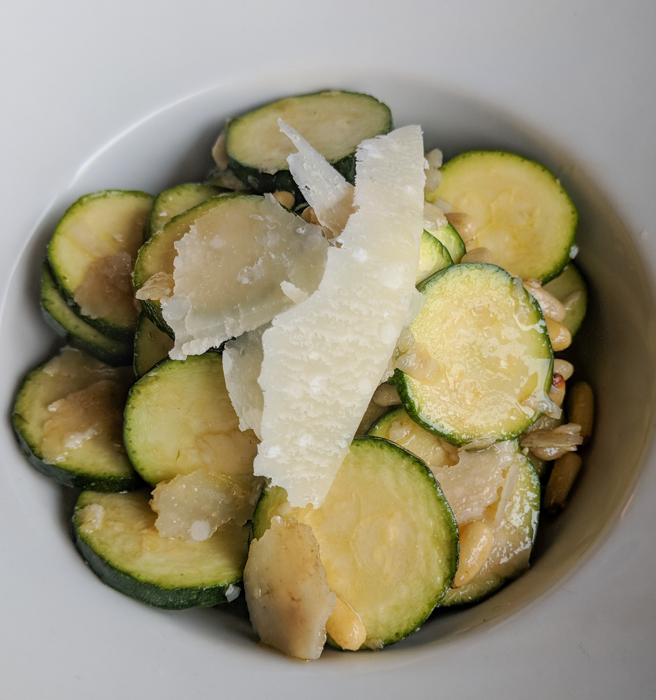 Years ago, I recall a story about a patronizing French chef who, when asked what he thought of Chef Alice Waters cooking, responded, “That is not cooking, that is shopping.” I wish this was as easy as he makes it sound, but hunting down the perfect ingredients needed to make dishes like those at Chez Panisse is anything but. Chef Waters has created a community of farmers and producers in the Bay Area to provide the high quality ingredients she uses. In Italy, this model of community-based local farmers and producers has existed for hundreds of years. Our goal on our Italiaoutdoors Italy tours is to discover some of these local producers, and educate ourselves on good food by cooking with and eating the very best.
Years ago, I recall a story about a patronizing French chef who, when asked what he thought of Chef Alice Waters cooking, responded, “That is not cooking, that is shopping.” I wish this was as easy as he makes it sound, but hunting down the perfect ingredients needed to make dishes like those at Chez Panisse is anything but. Chef Waters has created a community of farmers and producers in the Bay Area to provide the high quality ingredients she uses. In Italy, this model of community-based local farmers and producers has existed for hundreds of years. Our goal on our Italiaoutdoors Italy tours is to discover some of these local producers, and educate ourselves on good food by cooking with and eating the very best.

When in Italy, I live in the center of the city of Vicenza, and just downstairs from my apartment is a lovely little family owned produce market that offers wonderful local produce. You find one of these every few blocks in Italy; in cities in the US these have virtually disappeared, replaced by Starbucks and 7-11. In Italy we see traveling vegetable vendors with portable stands that they proficiently assemble in minutes from the backs of an ordinary van, moving from town to town following a weekly schedule. In Venice, a gondola is their van. The array of fruits and vegetables changes weekly, with some items – like white asparagus – only available a couple of weeks each spring. Here in the US, supermarket produce sections look the same in February as they do in September, with products shipped in from across the globe.
I watch my Italian neighbors confidently shop, knowing what to do with items even I cannot identify, which tomatoes are best for bruschetta, which potatoes make the lightest gnocchi. When I ask for a melon, the shopkeeper asks when I wish to eat it – today? Sunday? – and selects one with just the right ripeness.

One vegetable I see all year round here in the US is zucchini. I am not sure an Italian would even recognize our zucchini, as in Italy you never see one much longer than 6-8 inches, and they often are sold with the flower still intact.The foot long or larger version your neighbor gives you from their garden would have most Italians shaking their heads. Of course, if your are a large industrial farm, with a goal of maximizing dollars per pound, this large size makes sense. But the end product has little taste, and requires more complicated preparation techniques to bring out what flavor remains.
If you can find nice baby zucchini, here’s a great example of what can be done by simply combining a few perfect ingredients. Baby zucchini, Parmigiano-Reggiano cheese, balsamic vinegar, extra virgin olive oil. The links here will lead you to my articles on these items and how to select the best. The latter three keep well and I always have on hand. This summer salad is from Trattoria Antica Cereria in Parma. It is included in “Osteria: Slow Food Editore” by Rizzoli. You could do the same with nice ripe tomatoes, fava beans, artichokes. And if all the hard work is in the shopping, pour a glass of wine and enjoy a few additional moments off your feet. I enjoyed this with a glass of Nebbiolo rosé from Malabaila winery in Piedmont.
If you prefer not to eat your zucchini raw, you can steam the zucchini for a few minutes to soften them.

Insalata di Zucchini e Pinoli
Serves 4
1 pound baby zucchini, thinly sliced in to rounds
3/4 cup pine nuts
1 cup Parmigiano-Reggiano shavings
2 tablespoons balsamic vinegar
1/2 cup extra-virgin olive oil
In a bowl, combine the zucchini, pine nuts and Parmigiano Reggiano. Gently mix to combine.
With a fork, whisk together the vinegar, olive oil and pinch of salt until amalgamated. Use the mixture to dress the salad, then let sit for about 15 minutes before serving.
